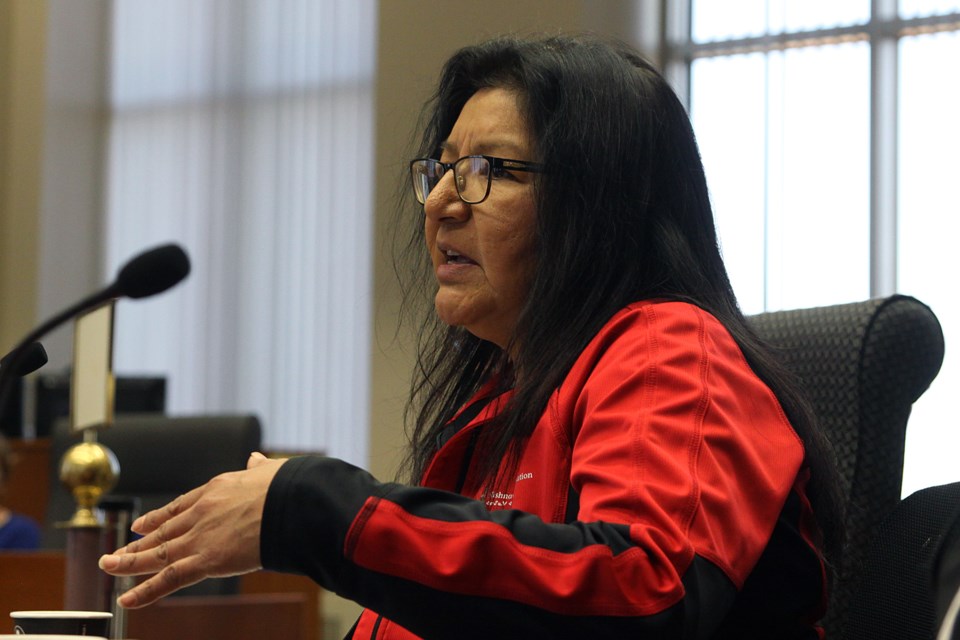KENORA – The release of a final report on missing children and unmarked graves at former residential schools is progress, says Ed Mandamin.
Mandamin, from the Treaty 3 community of Iskatewizaagegan #39 Independent First Nation, attended the Cecelia Jeffery Indian Residential School in Kenora from 1973 to 1977. Presently he is the city’s Indigenous relations adviser.
“It just means another layer of history and truth has been peeled off,” he said Wednesday of the report, which was released Tuesday.
The report calls for the federal government to establish an Indigenous-led commission with funding for a 20-year mandate.
Special interlocutor Kimberly Murray, a lawyer from Kanehsatake Mohawk Nation, said Canada is legally and morally obligated to see that a full investigation is conducted.
“I will continue to remain hopeful, but I also come from a place of being realistic,” Anna Betty Achneepineskum, deputy grand chief of Nishnawbe Aski Nation, said Wednesday when asked if she is optimistic about the report sparking meaningful change.
“I have to remain hopeful – because otherwise I would have to stop (being an advocate),” said Achneepineskum, who is from Marten Falls First Nation.
First Nations “now have a stronger voice when it comes to advocating for their rights,” she told Newswatch.
“We have to stand with our survivors and fight for them,” she said.
“It is now up to the governments of Canada and Ontario to work with us and fulfill the obligations (Murray) has identified in accordance with the United Nations Declaration on the Rights of Indigenous Peoples, Indigenous laws, international human rights and criminal law, and Canadian constitutional law,” Achneepineskum said.
Murray released her two-volume report during the seventh National Gathering on Unmarked Burials, held in Gatineau, Que.
She said in a news release that school survivors “must be honoured and acknowledged for their courage in raising awareness about the painful truths of unmarked burials at Indian residential schools and other associated institutions.”
Achneepineskum said survivors, living and dead, “deserve justice. If Canada truly wants to reconcile with Indigenous Peoples, then its actions must match its words on the national and international stages.”
NAN stands in solidarity with survivors and their families, said Achneepineskum, who was in Gatineau supporting survivors and families.
NAN represents 49 Treaty 9 and Treaty 5 First Nations across northern Ontario.
Murray’s report comes after “two years of intensive engagement” across Canada and “marks a crucial step in pursuing justice for the affected families,” according to a news release from the Office of the Special Interlocutor.
“The report highlights the victimization of a culture based on the dominance of another culture,” Mandamin said from Kenora.
The residential school system was part of Canada’s “war against a culture and people,” he said, adding that “any report that brings history to light is good.”
According to the National Centre for Truth and Reconciliation, more than 4,000 died at residential schools in the roughly 160 years before the last one closed in the mid-1990s.
Recently, search efforts identified a "significant" number of possible unmarked graves on the grounds of the McIntosh Indian Residential School near Vermillion Bay. Officials say more funding is needed to continue that search.
